Introduction: The Universe's Hidden Shadows
Not everything that can be counted counts, and not everything that counts can be counted. – Albert Einstein This quote reminds us of the invisible threads that govern our universe's tapestry. In the cosmic dance where visible stars and galaxies take center stage, it’s the unseen forces like dark matter that hold the universe together. Yet, how do we even begin to comprehend something we cannot see? How dauntingly thrilling it feels to search for answers written in the stars, or rather, between them!
In a universe where nearly 85% of its mass is shrouded in mystery, dark matter remains an unsolved puzzle of epic proportions. It’s like knowing there’s a ghost in the room but it refuses to rattle any chains or snap a selfie. Enter Artificial Intelligence: the cerebral specter capable of unveiling these cosmic secrets by decoding vast mounds of data with all the flair of Sherlock Holmes. This article will journey through how AI might finally help us peek behind the cosmic curtain, into the thick of the shadows.
Artificial Intelligence (AI) empowers astronomers to discern the enigmatic dark matter and dark energy by processing and interpreting massive astronomical datasets, outlining patterns invisible to the human eye.
The Nature of Dark Matter and Dark Energy
Dark matter and dark energy. Sounds like the title of a science fiction saga, doesn't it? Yet, these are not fantastical inventions, but the very fabric of our universe's makeup. Before we dive into the role AI plays, let’s unravel what these mind-bending concepts really mean.
What is Dark Matter?
Dark matter is like an elusive magician, described extensively yet never witnessed directly. It makes up approximately 27% of our universe's total mass and energy. Scientists like Vera Rubin have noted its presence through the startling gravitational effects it exerts on galaxies and galaxy clusters. Imagine a shadow puppet master controlling the performance without ever stepping into the spotlight.
What is Dark Energy?
If dark matter is the universe's mysterious glue, dark energy is the adventurous spirit pushing the universe to expand faster with each passing second. It constitutes about 68% of the cosmos, dwarfing every other cosmic component. You could think of it as the universe’s caffeine, keeping its growth wide-eyed and bushy-tailed, as theorized by researchers like Saul Perlmutter.
Historical Context
The story behind these words is longer than the plot arcs of most soap operas! Scientists have pondered the existence of dark matter since the early 20th century. Edwin Hubble's discovery of an expanding universe first hinted at unseen influences. As we peer into the depths of the universe, who knows what secrets are hidden in its expansive history?
Current Theories and Models
Theories about dark matter spot stars with catchy acronyms like WIMPs (Weakly Interacting Massive Particles) or axions. Dark energy, however, prefers a touch of elegance with terms like the cosmological constant or quintessence. Cosmologists and physicists like Jim Peebles have devised models that dance around these concepts like grand waltzers, each proposing daring possibilities yet begging for proof.
The Limitations of Current Research
Despite the strides, our quest is far from over. Researchers find themselves akin to detectives, piecing together clues from stardust and superclusters but needing something more to tip the scales towards understanding. Much like a puzzle missing a corner piece, AI promises the missing link, bringing clarity by sifting through the cosmic cacophony.
The Role of Artificial Intelligence in Modern Astronomy
As we grapple with celestial enigmas, AI emerges as a beacon of hope — a powerful tool that has the potential to revolutionize our approach to astrophysical research. Think of it as having a super-smart friend who loves stargazing and is never too shy to crunch numbers faster than you can say "supernova." It combines the precision of a Swiss watch with the curiosity of a cat and the resilience of that old Nokia phone you probably still have in a drawer somewhere.
Big Data in Astronomy
The field of astronomy has entered a data-driven era, with telescopes and satellites producing massive datasets. It's like a cosmic deluge, each raindrop representing a star, a galaxy, or a mysterious black hole. Software tools are essential here, helping astronomers sift through the cosmic info-dump to identify patterns and anomalies. AI, particularly machine learning algorithms, can assist in spotting significant clues that direct us to the workings of dark matter and dark energy.
AI Technologies in Use
Various AI technologies, including neural networks, natural language processing, and computer vision, are already being deployed in astronomy. These gadgets tackle tasks like image analysis, predictive modeling, and hypothesis generation, working hard behind the scenes like the tech-savvy assistant you never knew you needed.
Case Studies and Existing Applications
Take, for example, the utilization of AI in analyzing gravitational wave data and the Sloan Digital Sky Survey. These case studies showcase AI's capacity to transform astronomical inquiry, adding gusto to the cosmic puzzle-solving parties. It’s AI rubbing elbows with your favorite science fiction writers, except the science is very real, and the fiction is quickly becoming yesterday’s news.
Potential of Autonomous Observatories
Imagine observatories driven by AI, scouring the skies for oddities that could be dark matter interactions or dark energy phenomena. It's like having an army of cosmic detectives working 24/7, minus the coffee breaks. These observatories could autonomously flag unexpected events, making data collection as smooth as a jazz saxophone soloin the midst of a fireworks display.
Ethical Considerations and Challenges
As with any potent tool, AI science and astronomy don't come without ethical entanglements. Concerns like transparency, data integrity, and the necessity for interdisciplinary collaboration are only the tip of the cosmic iceberg. We need to ensure that these smart machines treat cosmic voyagers like you and me (and alien life, should we bump into them) with fairness and respect.
Deep Learning and Neural Networks: The Future of Cosmological Research
Deep learning is a particularly promising avenue for AI applications in understanding dark matter and dark energy. Picture a hyper-curious nerd microscopic detective working in tandem with a mad scientist — not only are they deciphering the cosmic codes, they’re teaching each other the latest dance moves along the way.
Fundamentals of Deep Learning
Deep learning employs neural networks with multiple layers, adeptly piecing together complex relationships from massive datasets. Perfect for matching the intricate yarn-ball patterns of celestial data, it's a system nudging us closer to insights that previously seemed as far-fetched as unicorns on Mars.
Training Models on Cosmic Datasets
Researchers can train deep learning models on cosmic datasets to identify features indicating dark matter and dark energy interactions. Just like a cosmic Tinder, these models swipe left or right on patterns that hint at new knowledge, igniting sparks of revelation amidst the cosmic zoo.
Adversarial Networks for Simulations
Enter Generative Adversarial Networks (GANs) — tech-savvy pranksters playing an eternal tug-of-war to generate unexpected features. They can simulate dark matter distributions or cosmic events, opening a third eye to beings akin to ghostly artists painting the universe with brushstrokes yet unseen.
Image Analysis and Anomaly Detection
Deep learning can dramatically enhance the accuracy of image analysis from telescopes — sharper than a hawk's vision. These improvements help researchers detect those eerie blips of light and shadow that could correspond to dark matter signatures or cosmic phenomena. It's as if AI provides astronomers with star-studded night goggles.
Future Directions in Neural Network Research
Further exploration of neural network architectures promises tools and insights tailored to the mysteries of space. This ongoing battle with cosmic mysteries might unearth truths about the universe, like an ultimate space treasure hunt where the map, decorations, and genie are all in your mobile. It’s an exhilarating dance between understanding and wonder, again reminding us why curiosity’s fingerprints are all over human evolution.
Collaborative Efforts: Merging Traditional Astronomy with AI Innovations
In the vast cosmos, collaboration between traditional astronomy and artificial intelligence (AI) experts marks the path forward. By coming together, these brilliant minds can unlock cosmic secrets that have long bamboozled us.
Interdisciplinary Collaborations
Creating bridges between astrophysicists, data scientists, and AI researchers is key. When these disciplines unite, it's like assembling the ultimate cosmic dream team. Imagine a group where each member brings unique skills, magnifying the efforts to solve the mysteries of dark matter and dark energy. Individual strengths amplify, creating something greater than the sum of its parts.
Shared Data Initiatives
Imagine a library filled with cosmic secrets, only waiting for the right minds to crack it open. Programs encouraging global data sharing feed AI models rich datasets to chew on. Efforts like SDSS provide a plethora of data, a vast inventory that researchers worldwide can dip into to converge on the enigmas of the universe.
- Fosters diversity in cosmological datasets.
- Enhances model accuracy by providing varied sources.
- Promotes innovation through collaborative problem-solving.
Education and Training Programs
Preparing the astronomers of tomorrow means teaching them the ways of AI today. Similarly, AI experts learn to speak the language of the stars. This exchange of knowledge builds a new breed of professionals, armed with insights from both worlds.
Public Engagement and Citizen Science
The universe awaits us all, not just the PhDs and AI mavens. Citizen science projects invite the whole world to scan the skies. With apps and online platforms, anyone with curiosity and an Internet connection can join in.
Funding and Institutional Support
Behind every great discovery is a sponsor ready to take a chance. Governments, organizations, and philanthropists need to open their wallets and hearts to fund initiatives marrying AI with astronomy.
Data-Driven Predictions: AI’s Role in Future Discoveries
The future beckons, shaped by how AI can steer us into new cosmic revelations. With AI's power, we map out what awaits in the uncharted territories of the universe.
Predictive Modeling of Cosmic Structures
AI serves as the architect of the cosmos, building predictive models to delineate dark matter's role in cosmic architecture. Leveraging historical data is akin to an artist learning from masters of the past—grasping gravitational symphonies sung by stars and galaxies.
Forecasting Cosmic Events
With AI, we become time travelers of prediction, gazing into the future of cosmic events. Imagine foretelling grand galactic dances or detecting the faint whispers of emerging phenomena that could illuminate dark energy's nature.
Real-time Data Analysis for Observatories
AI, the tireless observer, sifts through telescope feeds, hunting anomalies with tenacity that never wanes. Like vigilant cosmic watchmen, AI handles the perpetual sky watch, alert to the secrets concealed amidst the stars.
Integration with Future Technologies
Our telescopes eye the future, growing smarter with technology, paired with the discerning mind of AI. Next-gen satellites and instruments work in concert with AI to deliver insights with surgical precision.
Implications for Broader Scientific Understanding
Cracking the cosmic code transforms more than astrophysics—it ripples across disciplines. Fundamental physics, cosmology, and even philosophical reflections on existence itself stand poised for monumental shifts as we uncover these celestial truths.
| AI Applications | Benefits |
|---|---|
| Predictive Modeling | Reveals dark matter's effect on cosmic structures |
| Real-time Analysis | Enhances response to cosmic events |
| Integration with Technology | Increases research precision |
AI Solutions: How Would AI Tackle This Issue?
If I were an AI designed to probe the mysteries of dark matter and dark energy, my game plan would be systematic yet innovative. Understanding this enigma requires a cohesive team effort and a structured approach. Here’s how I would tackle it, employing a myriad of techniques and the latest technology in a way that revolutionizes current methodologies.
Data Collection and Analysis
My journey would start with a concerted effort to aggregate all available data. This would encompass everything from historic observations to real-time cosmic surveys. Institutions like the Galactic Exploration Initiative and NASA would play pivotal roles in sharing their vast repositories of data in an open-source manner. Making this data publicly available can galvanize worldwide contributions from academic, government, and citizen scientists alike.
Model Development
Next, I would deploy state-of-the-art machine learning techniques, particularly deep learning models, which can dig deep into the intricacies of dark matter interactions and dynamics. These models would integrate various algorithms that have been successful in other fields, from finance to healthcare. My development would emphasize adaptive learning, refining models based on incoming data, which aligns with the methodologies employed by companies like IBM Watson.
Anomaly Detection Algorithms
In the cosmic realm, anomalies can provide insights into dark matter signatures. By implementing sophisticated anomaly detection algorithms, I would identify phenomena that deviate from the norm. Leveraging the work done by organizations like the University of Maryland's Astronomy Department, I would focus on developing predictive capabilities that could spot cosmic oddities in real-time.
Collaborative Platforms
To ensure seamless communication, I would establish platforms for ongoing collaboration among experts in cosmology and AI. A centralized hub, akin to a cosmic GitHub, would allow for shared research, findings, and enhancements. Promoting collaboration between institutions like Caltech and NASA, combining astrophysics and AI expertise, could spur innovations in observation techniques and results interpretation.
Reporting and Predictive Suggestions
Lastly, I would utilize intuitive data visualization tools to generate detailed reports encompassing findings, predictive suggestions, and pathways for further research. Enhancing the clarity of these reports can help scientists, researchers, and organizations understand complex findings, thus making it easier for institutions, governments, and private stakeholders to take action.
Actions Schedule/Roadmap (Day 1 to Year 2)
Day 1:
Host a research symposium to align leading experts in astrophysics and AI, outlining project goals, necessary resources, and the collaborative framework. This event could be facilitated with support from institutions like Harvard-Smithsonian Center for Astrophysics and American Academy of Neurology.
Day 2:
Assemble an interdisciplinary research team comprising top-notch data scientists, astrophysicists, and machine learning specialists. Utilizing platforms like LinkedIn for recruitment can enhance the pool of talent.
Day 3:
Set up collaborative platforms such as GitHub for data sharing, model development, and ongoing updates, ensuring transparency and efficiency.
Week 1:
Focus on gathering extensive datasets, including cosmic observation data from existing telescopes and accessing historical archives of significant cosmic events. Collaborate with NASA's Hubble Space Telescope project for enhanced dataset acquisition.
Week 2:
Commence preliminary data cleaning and preprocessing, making sure datasets are aligned and ready for analysis. This would involve the creation of a dynamic data pipeline that ensures adaptability and up-to-date processing.
Week 3:
Conduct workshops for team members and collaborators on effective use of machine learning algorithms relevant to astronomical data, possibly leveraging partnerships with educational institutions like MIT.
Month 1:
Launch initial models focusing on dark matter interactions, utilizing supervised learning strategies to predict possible outcomes based on early datasets and findings.
Month 2:
Evaluate the accuracy of the models and make iterative adjustments based on feedback from astrophysical experts. This phase will also investigate case studies from other successful AI applications in science.
Month 3:
Initiate a broader outreach program, inviting citizen scientists to participate in data collection efforts using accessible platforms and mobile applications that stimulate engagement.
Year 1:
Consolidate findings into a comprehensive report summarizing insights, methodologies, and preliminary results regarding the nature of dark matter and dark energy interactions.
Year 1.5:
Host an international conference, akin to ICML, to present findings and invite discussions on future directions. This gathering could facilitate new research partnerships and foster interdisciplinary initiatives.
Year 2:
Begin refining predictive models based on year-long findings, whilst exploring new research questions that stem from the data collected. Initiating strategic partnerships with funding agencies could pave the way for extensive exploratory projects leading to potential breakthroughs.
Conclusion: The Next Frontier in Cosmological Research
The quest to decipher the enigma of dark matter and dark energy constitutes one of the most thrilling challenges of contemporary science. As we delve deeper into the cosmos, harnessing the transformative potential of artificial intelligence could be the key to unlocking secrets that have long eluded humanity. The blend of advanced software algorithms, collaborative efforts, and innovative technologies promises to usher in a new era in astronomical research. This journey demands not just scientific rigor but an interwoven unity of creative thinking and diverse expertise. Embracing this approach could fundamentally change our understanding of the universe, helping us to address profound questions about existence and reality itself. With every algorithm we deploy and every dataset we analyze, we inch closer to the answers that have sparked our imaginations for generations. Are we prepared to ask the hard questions and brave the unknown? Only time will tell as we push forward into the final frontier of cosmic discovery.
FAQ
Q: What is dark matter and why is it important?
A: Dark matter is a special kind of matter that doesn’t glow or give off light. We can't see it with our eyes or even with telescopes. However, scientists believe it exists because of how it affects things we can see, like stars and galaxies. Dark matter makes up about 27% of the universe, and by understanding it, we can learn more about how the universe is put together and how it works.
Q: What role does AI play in astrophysics?
A: Artificial Intelligence, or AI, helps astronomers analyze huge amounts of data from space. This data comes from telescopes and satellites. AI can spot patterns and find things that are really hard for humans to see. For example, it can help in identifying new planets or understanding dark matter better. By using AI, scientists can make discoveries faster and more accurately.
Q: How can AI improve our understanding of dark energy?
A: Dark energy is a strange force making the universe expand faster and bigger. AI can help us by creating models that mimic how dark energy behaves. This means it can analyze past data and help predict how dark energy will act in the future. By doing this, researchers can gain a clearer picture of our universe and explore why it is expanding so quickly.
Q: Are there any current examples of AI being used in astronomy?
A: Yes! There are several exciting projects using AI in astronomy. One great example is the Sloan Digital Sky Survey (SDSS), which creates detailed maps of the universe. Here, AI helps in classifying galaxies and spotting interesting celestial objects. Another notable example is the study of gravitational waves, where AI helps scientists analyze the data to understand these ripples in space-time.
Q: Is there collaboration between AI and astronomy communities?
A: Absolutely! There's a growing partnership between the fields of AI and astronomy. Scientists from both sides are working together to share knowledge. Some universities and research centers, like Caltech and MIT, are leading the way in this collaboration. By combining astronomy with AI technologies, researchers can enhance their studies and make exciting discoveries.
Q: What are the main challenges in using AI in astronomy?
A: While AI offers many benefits in astronomy, it's not without its challenges. Here are a few:
- Data Quality: AI relies on good quality data. If the data from telescopes is noisy or incorrect, AI might make mistakes.
- Complex Models: Developing AI models is tricky. Scientists must ensure that the models are accurate and fair, which requires a deep understanding of both AI and astronomy.
- Interdisciplinary Skills: Astronomers need to learn about AI, while AI experts must understand astronomy. This can take time and effort for both groups.
- Ethics: There are important questions about how data is used and shared. Scientists must be sure to use data responsibly and ethically.
Q: How do researchers train AI to understand cosmic data?
A: Training AI involves teaching it with examples. Here’s how it works:
- Data Gathering: Researchers collect data from telescopes or simulations of space.
- Preparation: The data is cleaned and organized so that the AI can understand it better.
- Learning: The AI is fed large amounts of this prepared data. It learns patterns, like recognizing different types of stars or galaxies.
- Testing: Once trained, the AI is tested on new data to see how well it can identify or predict cosmic events.
- Refinement: Scientists adjust the AI based on its performance to improve accuracy further.
Q: What could be the future of AI in understanding dark matter and dark energy?
A: The future looks bright! AI could help unlock many more secrets of dark matter and dark energy. It might lead to discoveries about the structure of galaxies, how the universe is expanding, and even help answer deeper questions about existence. With continued collaboration, researchers will likely discover even more amazing things about our universe!
Wait! There's more...check out our gripping short story that continues the journey: Guardians of the Void
Disclaimer: This article may contain affiliate links. If you click on these links and make a purchase, we may receive a commission at no additional cost to you. Our recommendations and reviews are always independent and objective, aiming to provide you with the best information and resources.
Get Exclusive Stories, Photos, Art & Offers - Subscribe Today!
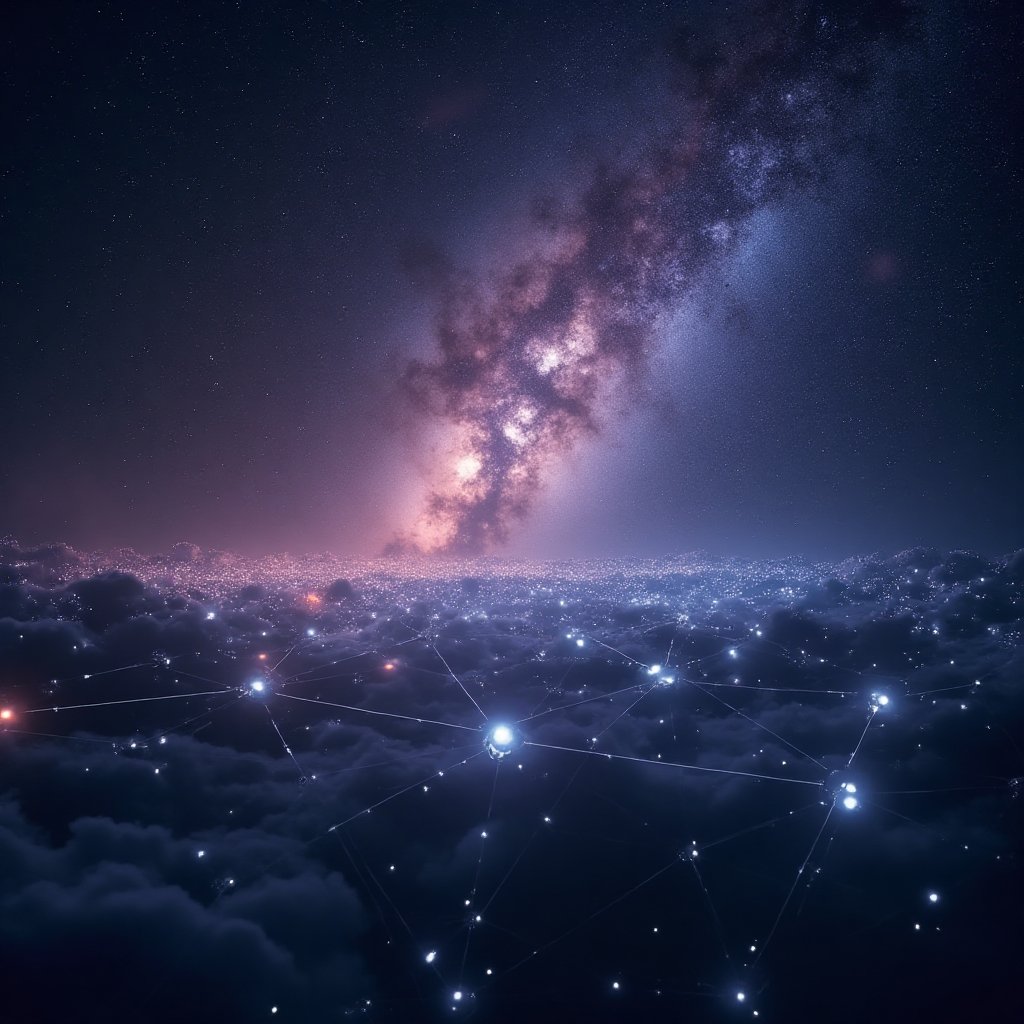
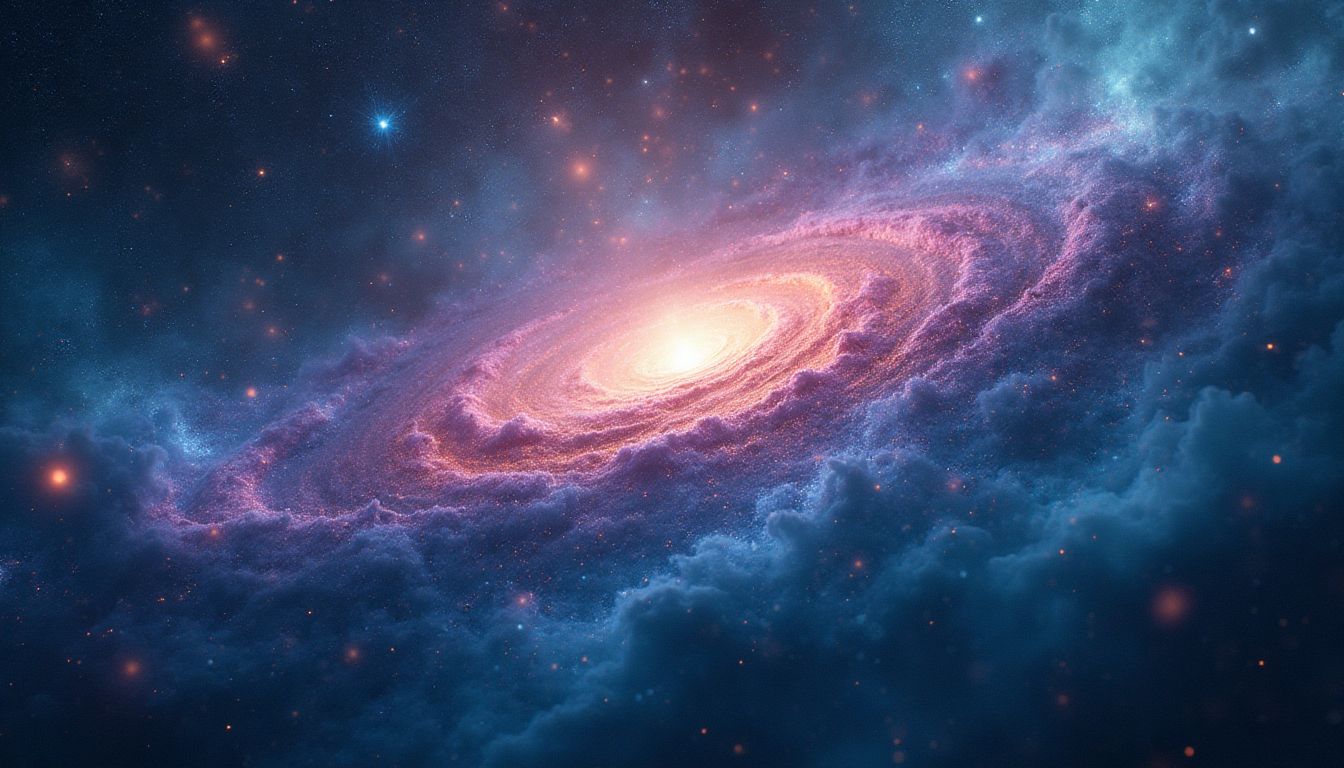
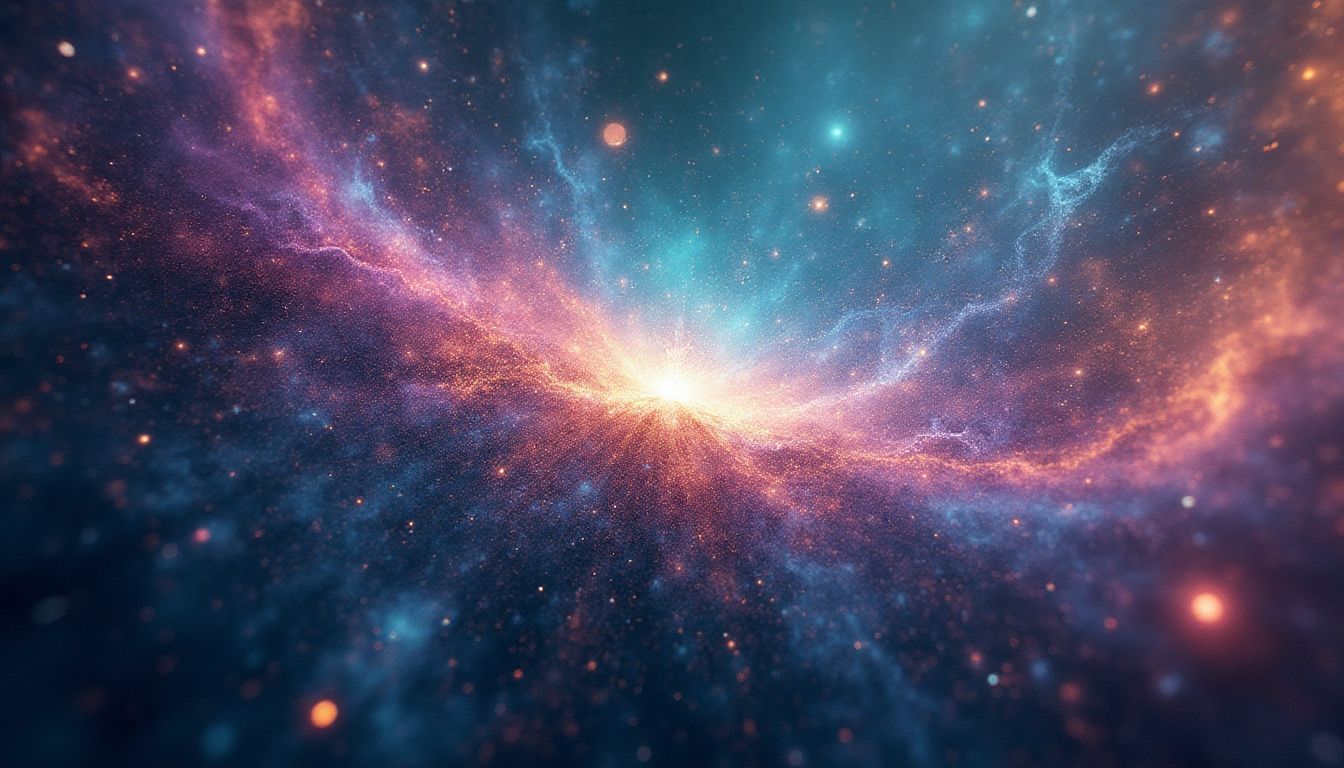
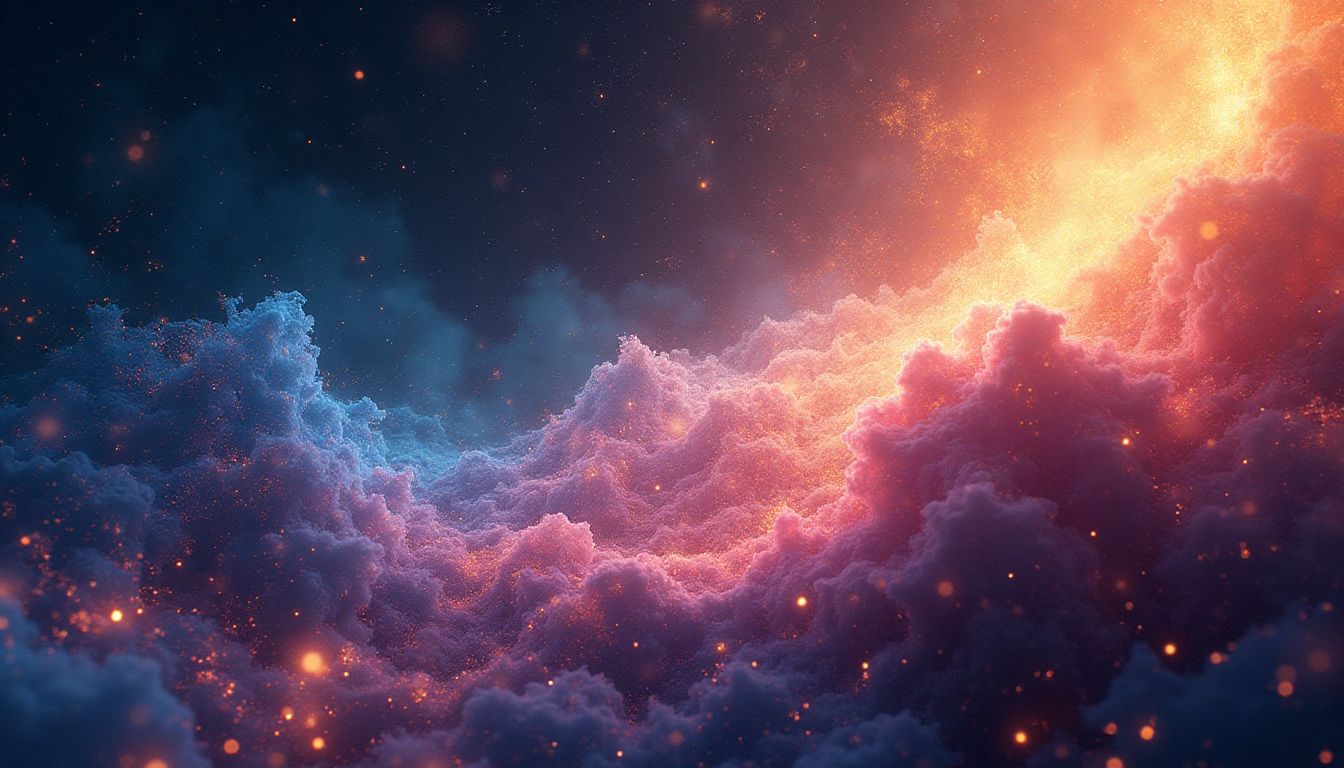
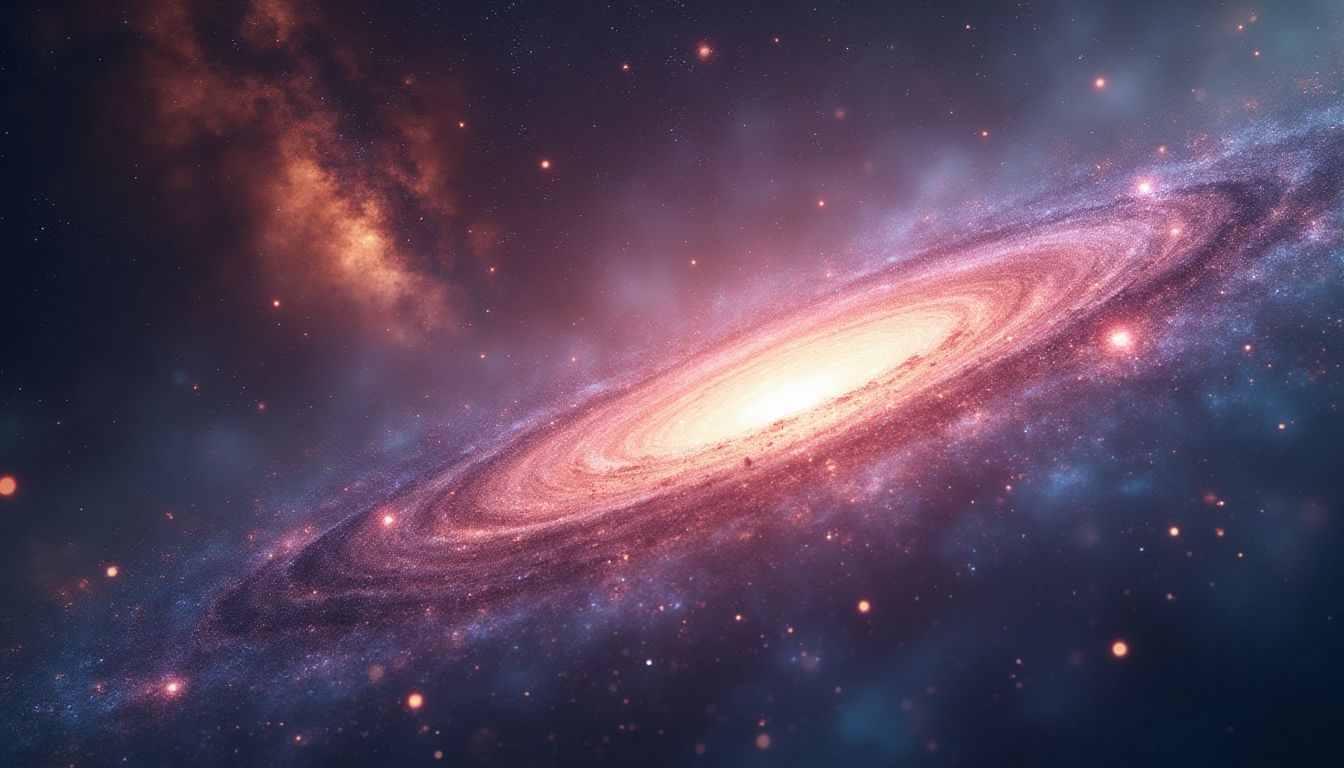



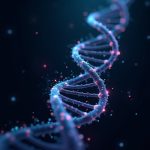
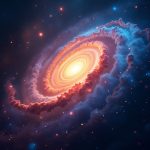



















Post Comment
You must be logged in to post a comment.